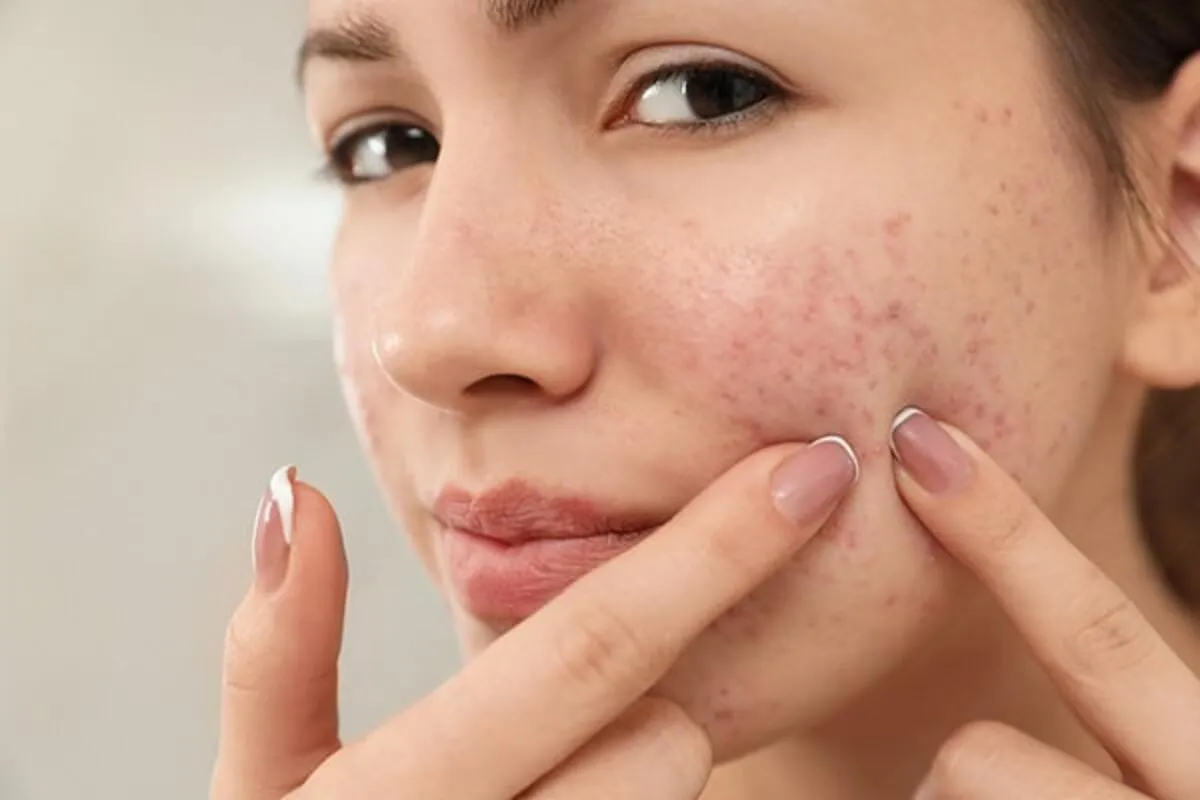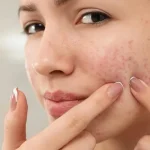Dental bleaching or dental whitening is the procedure of whitening the exterior color of teeth with bleach. Dental bleaches or whiteners work by eliminating stains from the teeth, usually those that appear on the surface rather than the interior. Dental bleaches may be used to treat minor cosmetic issues such as minor stains resulting from drinking coffee, tea, tobacco, or food items. More serious whitening problems, however, may be better addressed by a dental professional. The purpose of this article is to provide information on the use of dental whiteners and bleaches for various situations.
If you have minor teeth whitening concerns, a simple visit to the dentist may be enough to get you started on an in-office teeth whitening procedure. An in-office teeth whitening procedure would be best for those who have discolored teeth due to smoking, age, or staining caused by drinking coffee, tea, or wine. Over time, teeth whitening could make the difference between a bright smile and one that is more than a little stained or even browned.
In addition to an in-office dental procedure, there are two other options available for those with minor discolored teeth. First, you can have veneers applied to whiten your teeth at home. Veneers are made of porcelain or composite material that are designed to cover the front surface of a tooth and bond to the teeth so that they look like the rest of your teeth. This method can take several visits to achieve the desired result. Another option would be to use toothpaste with a bleach concentration of about two-thirds to one-third. Toothpaste with this concentration is more effective in eliminating stains than regular toothpaste, because it is applied directly to the teeth, unlike regular toothpaste that must be rinsed off before using.
Having a bleached smile can also have other positive benefits for your oral health. People who smoke but are trying to quit are at greater risk of tooth loss than people who don’t smoke but still want to whiten their teeth. The chemical composition of nicotine can weaken enamel, which makes it more susceptible to staining and tooth decay.
Bleaching kits may not be right for everyone, depending on what your goals are for your oral health. If you only want to get a few fine lines and stains out of your teeth, you may be able to get these results from an at-home bleaching kit. For more significant discoloration, you may want to consult with a dentist to see if he or she would be able to recommend a stronger bleaching agent or a better kit for you.
Dental bleaches are available in three basic types: hydrogen peroxide, carbamide peroxide, and trichloroacetic acid. They all perform the same functions, but there are different ways they cause the whitening to take place. Hydrogen peroxide is considered the strongest bleaching agent available today, because it can produce dramatic whitening results in a relatively short period of time. Carbamide peroxide produces a more gradual whitening, while trichloroacetic acid is considered less powerful than hydrogen peroxide but more effective when trying to eliminate deeper stains. At home whiteners can be used to get a brighter smile, but it is important to speak with your dentist if you want to choose this method for the teeth whitening process. Only your dentist can determine whether it is best to use one of these at home bleaches or a professional treatment.







 Uncovering the Differences Between Non-Inflammatory and Inflammatory Acne
Uncovering the Differences Between Non-Inflammatory and Inflammatory Acne  The Benefits and Risks of Skincare For Sensitive Skin
The Benefits and Risks of Skincare For Sensitive Skin  The Role of Essential Oils in Skincare – How to Use Them Safely and Effectively
The Role of Essential Oils in Skincare – How to Use Them Safely and Effectively  The Role of Genetics in the Development of Open Pores on the Face
The Role of Genetics in the Development of Open Pores on the Face  Understanding Skin Types – Normal, Dry, Oily, Combination
Understanding Skin Types – Normal, Dry, Oily, Combination  The Ultimate Skincare Routine for Every Skin Type
The Ultimate Skincare Routine for Every Skin Type  The Essential Guide to Digestive Enzymes Australia: Boost Your Gut Health
The Essential Guide to Digestive Enzymes Australia: Boost Your Gut Health  Latest Breakthroughs in Acne Treatment
Latest Breakthroughs in Acne Treatment  The Rise of Virtual Fitness Classes
The Rise of Virtual Fitness Classes 